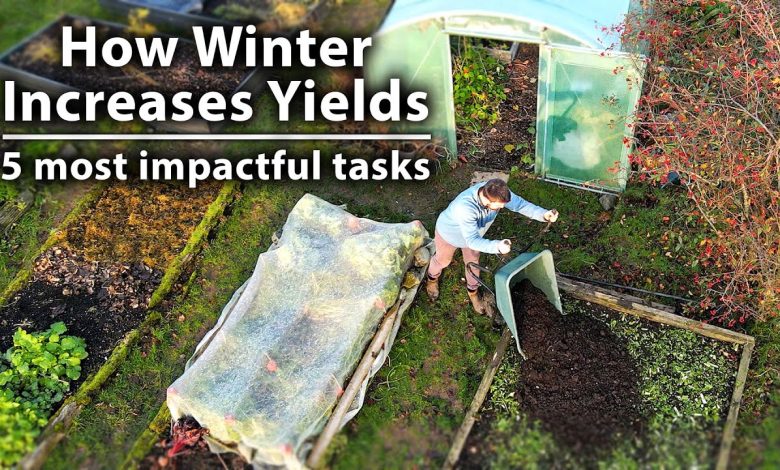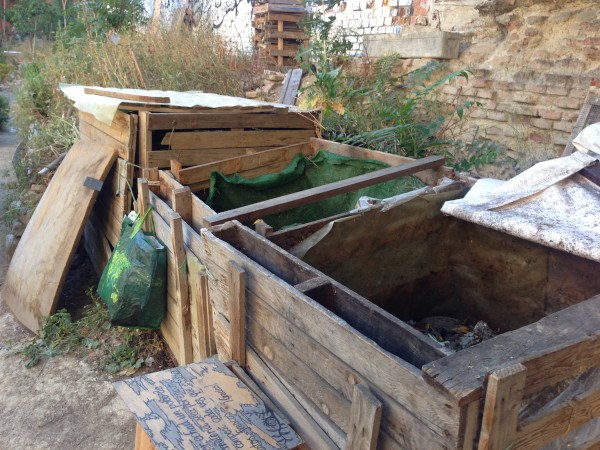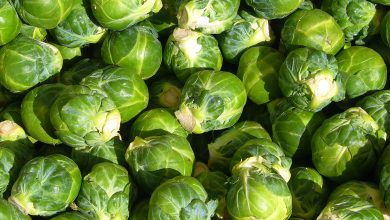How to make a garden in winter: 7 fundamental tasks

Winter is apparently a time of little work in the garden, since most fruits and vegetables are grown and harvested when temperatures are milder. Despite that, there are some crops that are suitable for winter, and there are other things we can do during the coldest season of the year besides farming. In this post I will tell you about some options to keep the garden in shape during the winter and get it ready for the new spring plantings.

garden work in winter
Here are 7 things to do in the garden during the winter so as not to get bored or leave the activity in the garden during this time.
1. Plant winter crops
There are cold-resistant crops such as garlic, turnips, leeks, some leafy vegetables (endives, arugula, cabbage…) or legumes. All these crops and others that we saw in the post Winter plants can be grown with low temperatures. You can also grow red fruits such as blueberries or raspberries, which withstand the cold well.
2. Compost
At the end of summer, after having harvested all the vegetables in the garden, you will have a lot of waste (remains of plants and roots, pruning, rotten or bird-bitten fruit that you have not been able to eat…). All this can be used to make compost. If you have a garden with trees, you can also use the leaves that fall in the fall.
This is a very good way to reuse garden waste while you make homemade organic fertilizer for the following crops.
In the post How to make homemade compost step by step you have the keys to do it. Start in late summer or early fall to accumulate this waste in a compost box or pile.
During the winter, turn it over and, if you have it, add wood ash or kitchen waste suitable for composting (such as fruit scraps or coffee grounds) and… voilà. After 3-4 months your compost will be ready to fertilize the land just before the arrival of the new crops.
3. Plant green manure
As we saw in the post Green manure for the organic garden, this is a very good option to recover the soil after the crops, protect it from erosion and fertilize it naturally, since with it a lot of nutrients will be incorporated into the soil.. In addition, you control the appearance of weeds, and in this way you will avoid the effort of removing them when you go to plant your garden in spring.
In the event that you are going to put green manure in winter, you should choose species that withstand frost such as alfalfa, clover, vetch, rye or fodder turnip.
A month before you are going to plant the new spring-summer crops, mow, chop and bury the winter green manure in the soil to a depth of 10-20 cm. And ready! Soil recovered and fertilized with a natural and ecological method.
4. Put a mulch on the floor
Whether you have decided to plant winter crops or if you have an empty garden, putting down organic mulch will be another good option in winter, like green manure, to improve the soil, protect it during winter and prevent the appearance of weeds. In addition, it will not require as much effort since you do not have to mow and bury as in the other case.

There are several types of padding or mulching that you can apply depending on the materials you have or the needs of your garden/crops.
5. Prevention of pests and diseases
If you have had problems with fungi or with some pests, prevent their appearance for the following year by spraying home remedies on the ground, like the ones we saw in 3 natural remedies against pests and diseases.
6. Plan the next season
Planning the garden with actions such as deciding which species you will plant in spring, which seeds you already have and which ones you need, designing crop associations or preparing stakes and seedbeds, is something that takes time.
It is also a good time to check the irrigation system or to fine -tune the garden tools and clean them well (this is a key action to prevent the appearance of diseases the following year).
Make all these plans in winter so that in February-March you have everything ready to start.
7. Prepare the ground
At the end of winter, a month or a month and a half before sowing and spring planting, it is time to plow or till the soil to loosen it and fertilize the soil with natural fertilizers.In this way, it will give time for the fertilizer to incorporate well into the soil and for the soil to be well homogeneous when the new crops arrive.
Well, so far my advice on what you can do during the winter. I hope I have given you some ideas if you were a bit lost with the garden so empty after the summer harvests.


![Photo of Walnut Anthracnose: [Concept, Signs, Treatment and Prevention]](https://www.complete-gardening.com/wp-content/uploads/2022/08/walnut-anthracnose-concept-signs-treatment-and-prevention-390x220.jpg)

![Photo of Aglaonemas: [Cultivation, Irrigation, Care, Pests and Diseases]](https://www.complete-gardening.com/wp-content/uploads/2022/08/aglaonemas-cultivation-irrigation-care-pests-and-diseases-390x220.jpg)